- Family Vacation to India
- Flights from US to India
- Adventure Tour to India
- Tourist Attractions in India
- Behind the Scenes of a Hand-painted Map
- National Parks & Tiger Reserves in Rajasthan
- Embracing Eco Tourism in Rajasthan
- Golden Triangle Tour in India
- Best Time to Visit India
- Tiger Conservation in India
- Sariska and Ranthambore
- National Tiger Day in India
- The Glowing Eyes
- In the Wild Heart of Sariska: A Journey into the Unknown
- Hide and Seek with Hyena
- Rajmata of Sariska
- Sariska Tourism
- Shankar: The Ghost of the Boulders and a Testament to Resilience
- Tigers in Sariska
- Animals in Sariska National Park, Rajasthan
- Weekend Getaway from Gurgaon
- Trip to Sariska National Park
- An unforgettable wilderness walk among Sariska's leopards
- Weekend Getaways From Jaipur
- A Dawn with Leopards
- The Leopards of Sariska
- Wildlife Photography in Sariska
- The Role of Tehla in Sariska’s Conservation Legacy
- Places to Visit Sariska
- Sariska Tiger Reserve and National Park
- Sariska Safari
- Weekend Getaway From Delhi
- Vultures of Sariska
- Deciduous Jungle of Sariska
- Mythological Importance of Sariska
- Sariska Tiger Reserve
- Avifauna of Sariska, Around the Camp, and Nearby Wetlands
- Migratory Birds of Sariska
- Boulders of Tehla
- Camera Trap
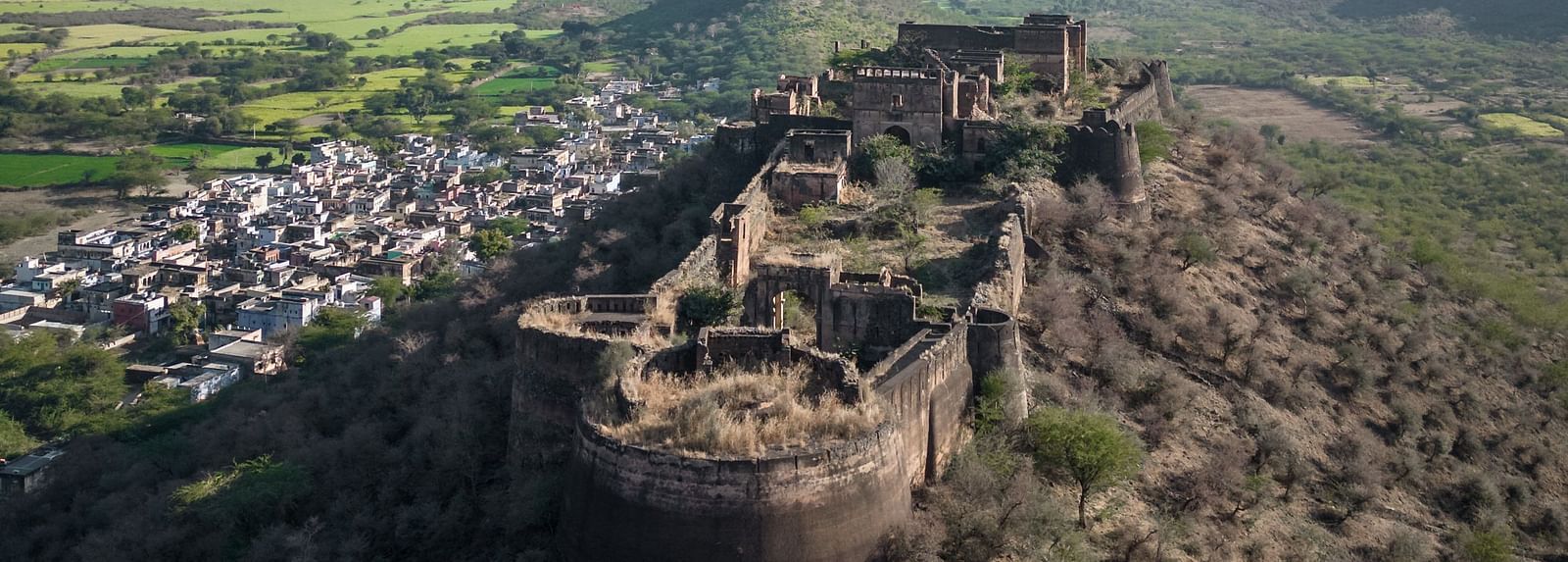
Mythological Importance of Sariska
Myths are stories passed down from one generation to the next about different occurrences of supernatural origin or type which provide a source of literature. Mythological study helps in correlating the past with the present to get an estimate of how things changed over time. In some cases, the myths can act as stories but in some other instances, they may help in providing a base for scientific or cultural development. Many stories exude basic values of humanity like love, respect, and promises, which are exhibited by different mythological figures.
India is home to many of the greatest mythological epics which had their fair share of supernatural beings with unsurmountable powers and also superhumans which showed inexplicable strength, intelligence, dedication and many positive virtues. The epics of Ramayana and Mahabharata have many different protagonists and antagonists which paved the way for establishing how good always prevails over evil.
As one traverses throughout India, the cultural and mythological diversity is such that each and every village has their own unique stories which have been passed on for centuries. Be it related to Gods and Goddesses or maybe ghosts and spirits. These stories provide thrill, and curiosity and help one glimpse into the past of that place. Such closeness between reality and fiction/ myths is one of the underlying reasons why Sariska is famous throughout India. Apart from being an important wildlife sanctuary and home to many different flora and fauna species, Sariska displays close encounters with living proof that the mythological connection is strong. Mentioned below are some of the most spread-out myths built and nurtured in Sariska which piques the enthusiasm of each individual.

Neelkanth Temple
A Hindu Temple dedicated to Lord Shiva; it is located on top of an isolated hill near Sariska Tiger Reserve. It is said to have been built by Maharajadhiraja Parmeshwar Mathanadeva (a Gujar Pratihara) between the 6th and 9th century BC and can only be accessed via a steep track with many sharp twists and turns. The main temple (rangamandapa) stands on four pillars which consist of three pancharathas housing the idols of three different deities. Out of the three pancharathas, the two on the sides have been destroyed by the Mughal army during their invasion.
The middle pancharathas are intact with the Shiva Linga and shikhara intact. According to the tales, these panchayats survived as the Mughal army was forced to flee after being attacked by hordes of angry bees. The temple has many sculptures, including erotic ones that follow the Khajuraho style. The name Khajuraho, or Kharjuravāhaka, is derived from ancient Sanskrit (kharjura, means date palm, and vāhaka, means one who carries or bearer). Local legends state that the temples had two golden date palm trees as their gate (missing when they were rediscovered). Kharjuravāhaka also means scorpion bearer, which is another symbolic name for the deity Shiva (who wears snakes and scorpion garlands in his fierce form).
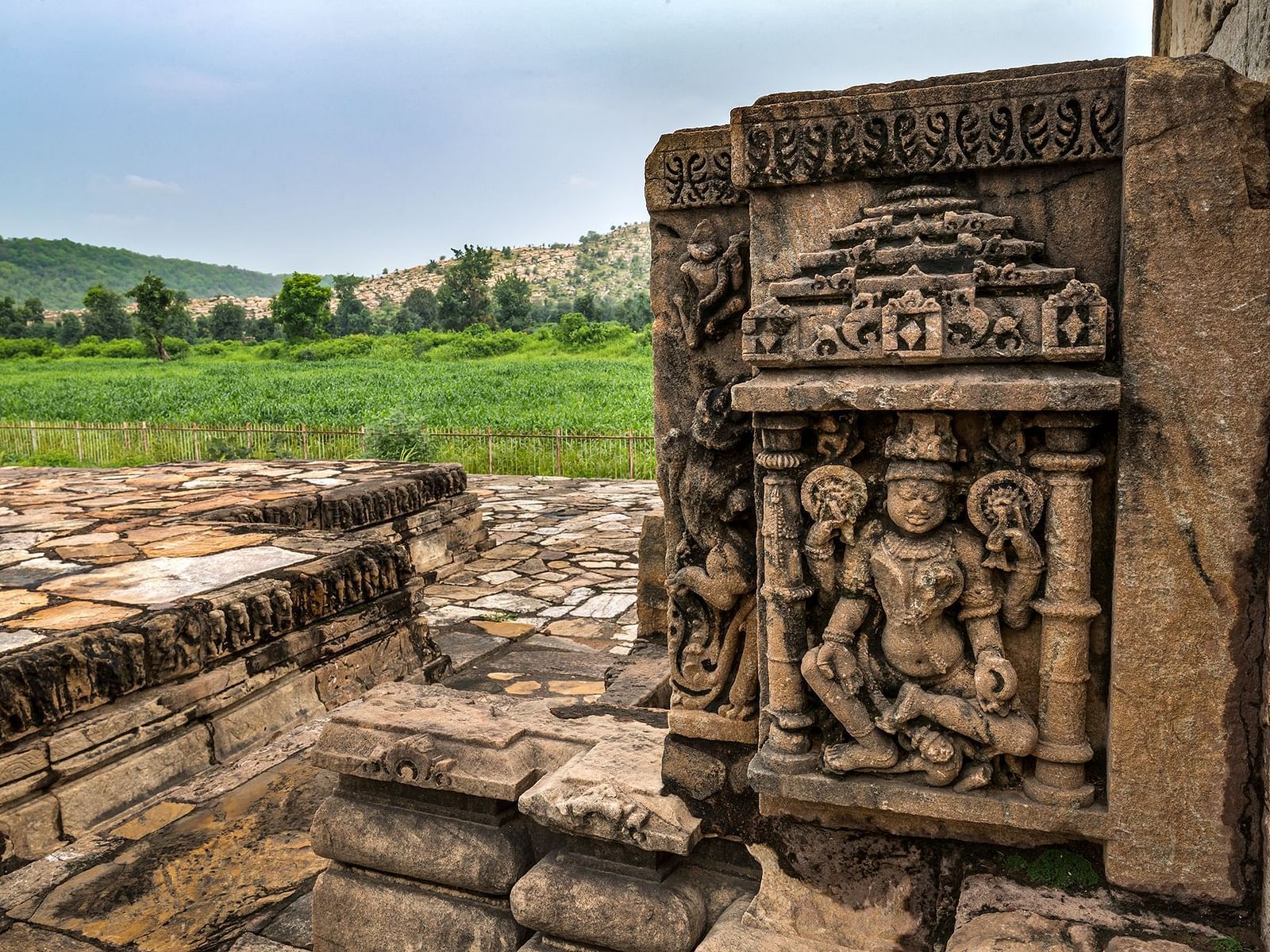

Bhartrihari Temple
A temple that houses the samadhi of Shri Bharthar (the then-ruler of Ujjain). The temple is more than a thousand years old and is visited by devotees from all over Rajasthan. There are plenty of myths about the Maharaja Bharthari. The myth unfolds as there was Asadhuin the city of Ujjain who after meditating for years received the fruit of immortality from the Kalpavriksha. To express his loyalty towards the then king of Ujjain (Maharaja Bharthari), the sadhu gifted this fruit to the king. The king then gifted this fruit to his wife, Queen Rani Pingala. Then the queen passed this fruit to her lover, a state official of Ujjain. This state official gave this fruit to his wife Lakha. Lakha then presented this fruit back to Maharaja Bharthari.The king realizing his wife’s disloyalty towards him ate the fruit and became immortal and wise. He gave up the kingdom in grief became a sadhu and started searching for salvation. A serious drought hit Ujjain thereafter. Many villagers who still were loyal towards Maharaja Bharthari, rushed towards him for help. After listening to their cries for help and despair, Maharaja Bharthari started meditating, praying to God for water. After listening to his sincerity and devotion, God became happy and a rivulet appeared from the rock on which he was meditating. The villagers stopped calling him Maharaja, and now he was known as Baba Bhartrihari who then buried himself at the very place where the temple stands today.
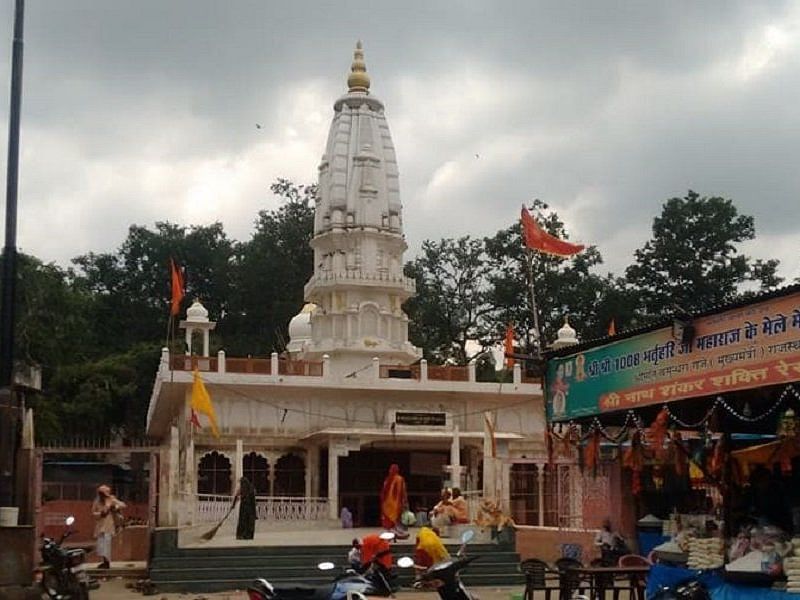

Talvriksha
A natural hot water spring located near Narayanpur in Alwar, this spring has water which is rich in Sulphur content and is said to have healing effects. As per the myth, a long time ago, the then-king of Alwar hunted a tiger at Talvriksha and took away his head as a trophy. That night, in the king’s dream, a saint appeared and accused him of killing him while meditating and roaming the jungle of Talvriksha in the form of a tiger. After this scary dream, the king called his ministers and called many saints for his help. They suggested holding a yagya and observing fast for 10 days. The king followed this and then returned the trophy to the temple of the saint. Ever since the head has been a part of the temple and to this day remains here. A spring lies close to this temple which has a holy tree, named Talvriksha. Many visitors reach here to take a dip in the hot spring, as people say the water treats patients suffering from rheumatic pain.Pandupole Temple
One of the most known temples of Rajasthan which lies in the core jungle of Sariska is the Pandupole temple. The Pandupole temple houses an idol of Lord Hanuman here and this temple is said to be about 5,000 years old. The story unfolds as, when Pandavas were in exile, they took refuge in the thick forest of Sariska. One day in search of water, the mighty Bhima who was super proud of his strength and feats was roaming the jungle of Sariska. He was walking down a narrow path when a langur (Black-faced monkey) was feasting on a fruit and blocking the path with his longtail. Bhima ordered the langur to move his tail or be ready to be tossed off. The monkey oblivious to what Bhima was saying kept eating the fruit. In anger, Bhima went for the tail to pick the langur up and throw him. He tried lifting the tail, but even after tremendous strength and continuous efforts was unable to do so. He realised something was wrong, and kneeled down in respect.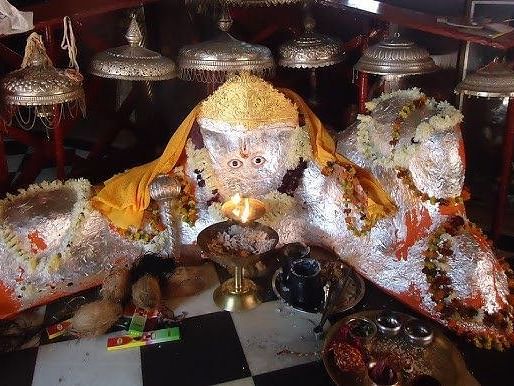

The langur transformed who basically was Lord Hanuman who wanted to crush the hyperinflated ego of Bhima. Lord Hanuman explained to Bhima, that strength only won’t help him during his lifetime. He has to be kind and respectful towards everyone and everything in order to be a good person. Bhima understood his mistake and apologized to Lord Hanuman who then flew away towards the sky. In order to respect the presence of Lord Hanuman and his teachings, Bhima and his brothers built a temple housing an idol of Lord Hanuman.
Bhangarh Fort
The Bhangarh Fort was built by King Bhagwant Das Singh for his younger son Madho Singh. It was built in the 16th century and is said to be Asia’s most haunted place. According to popular legends, the Bhangarh fort is affected by a curse spewed by a saint named Guru Balu Nath. The spot where the fort stands right now was used by the saint as a meditating spot. The then king pleaded to the saint that he wanted to build a fort as it was the highest point of the region. The saint refused and said to build a fort elsewhere. The king agreed, but the saint ordered the king that the fort should not block the sunrise and sunset view and no shadow should fall upon the saint while meditating. But the king ignored these orders and built the fort anyway. The saint angered by this cursed the king’s kingdom saying that the fort would fall and crumble destroying the village altogether. After this the saint left, and the kingdom was attacked by enemies. They destroyed the fort and the village leading to numerous deaths.

As per the locals, the voices of the villagers who died that day can still be heard within the fort’s vicinity and premises after dusk and before dawn. There have been instances where many people have disappeared who tried to test the spooky part of the fort. Due to this, the fort is closed for everyone from sunset to sunrise.
Other Blogs

Behind the Scenes of a Hand-painted Map
Behind the scenes of Utsav Camp Sariska’s hand-painted Naturalist Map—7 days of artistry capturing the wild spirit of Sariska Tiger Reserve.
Read More

Vultures of Sariska
Discover the diverse vulture species inhabiting Sariska, their ecological roles, and the environmental effects they bring.
Read More

Deciduous Jungle of Sariska
The deciduous jungle of Sariska is home to a variety of trees and plants, each with significant medicinal and commercial value. Discover more about these remarkable species in this detailed guide.
Read More

Sariska Tiger Reserve
Uncover Sariska Tiger Reserve in Alwar, Rajasthan! Delve into its history, park timings, and more in this detailed blog.
Read More
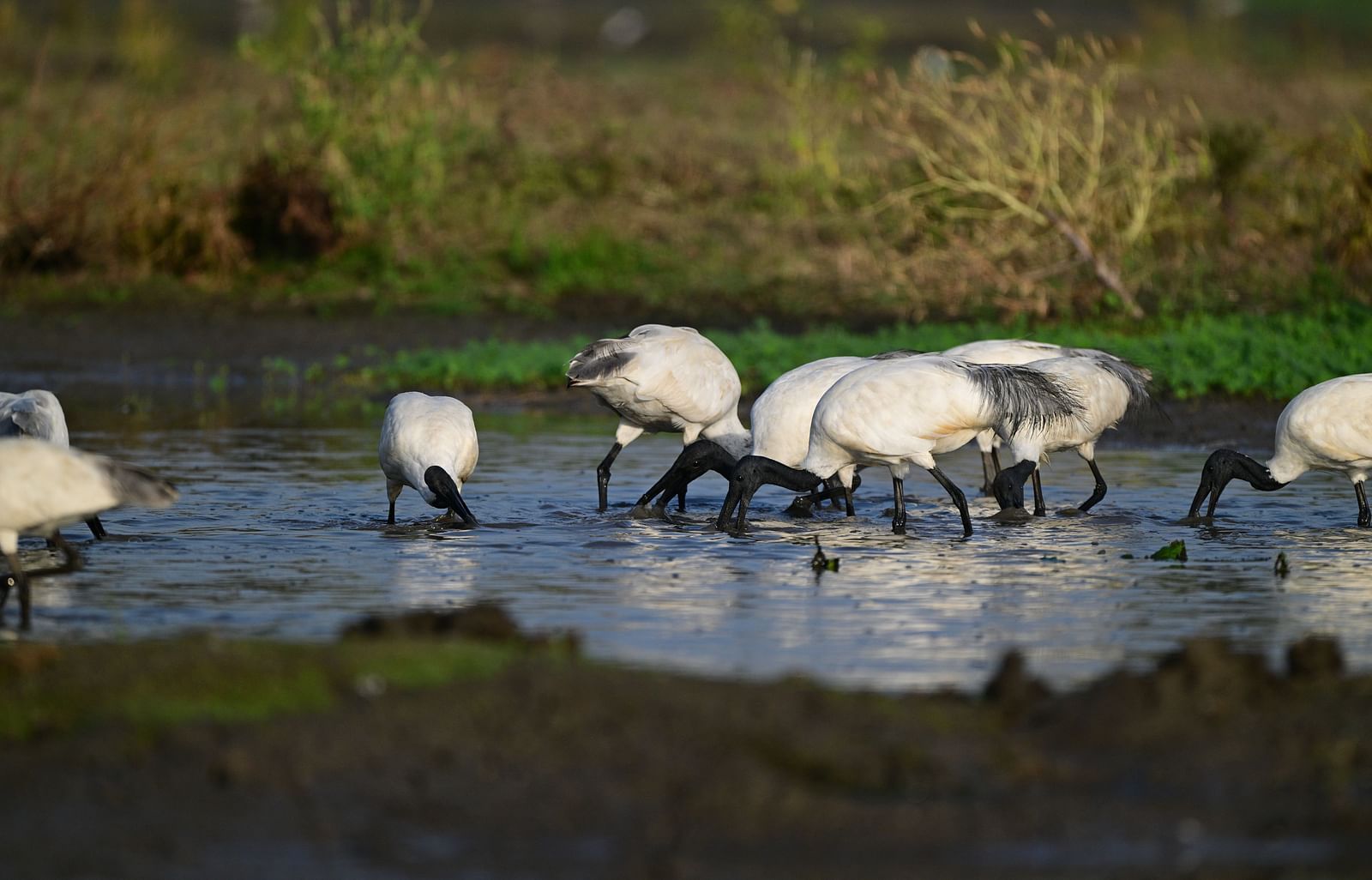
Avifauna of Utsav Camp Sariska, Around the Camp, and Nearby Wetlands
Explore the Avifauna of Utsav Camp Sariska, with diverse bird species around the camp and nearby wetlands, offering a birdwatcher's paradise and serene natural beauty.
Read More

Migratory Birds of Sariska
Delve into the migratory birds of Sariska and discover their seasonal migration patterns in this insightful blog.
Read More

Boulders of Tehla
Explore the enchanting world of Tehla's boulders, and its diverse flora and fauna, beautifully depicted in this detailed blog.
Read More
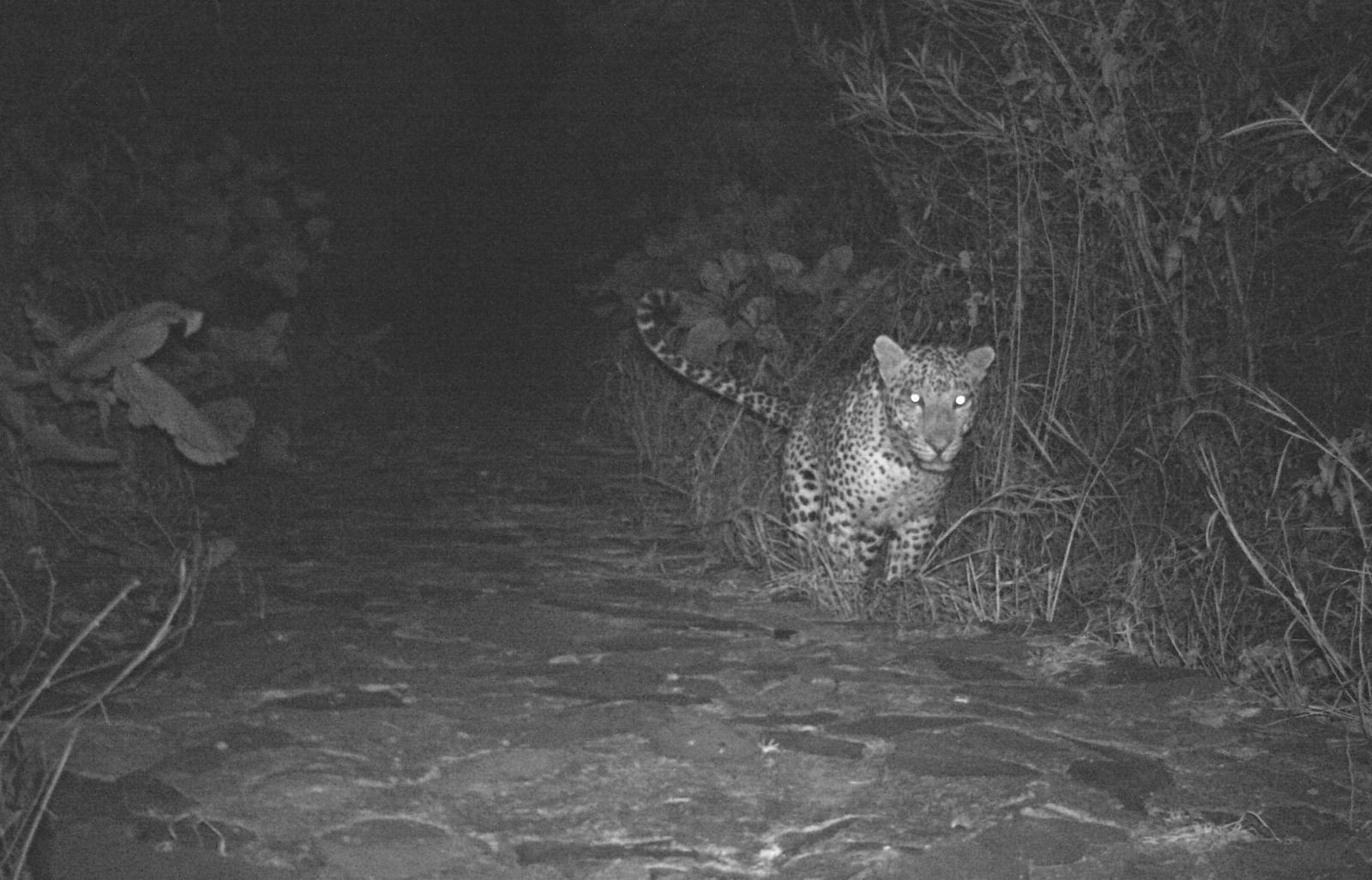
Camera Trap
Camera traps are used to record notable animal behaviour changes over a decade. Learn how we use them at Utsav Camp Sariska to monitor the wildlife surrounding us.
Read More

Hide and Seek with Hyena
Away from the labs of The Maharaja Sayajirao University of Baroda, into the wilderness of boulders, this was the first time I came out of my comfort zone and got an opportunity to work at Utsav Camp Sariska as an intern.
Read More
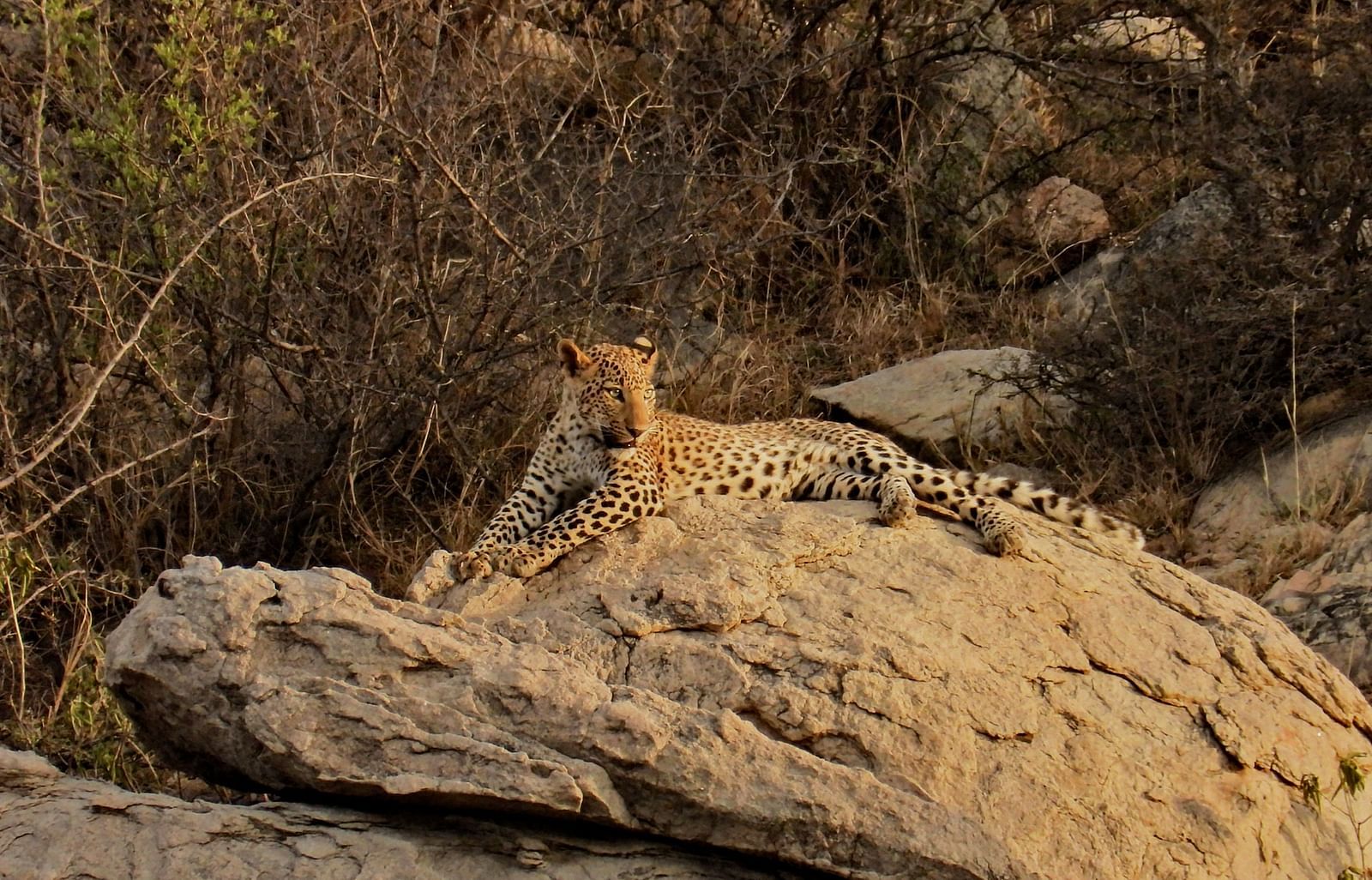
In the Wild Heart of Sariska: A Journey into the Unknown
An intern’s first encounter with the wild at Sariska—from leopard sightings to silent sunsets, a journey into nature, guided by expert naturalists and deep curiosity.
Read More
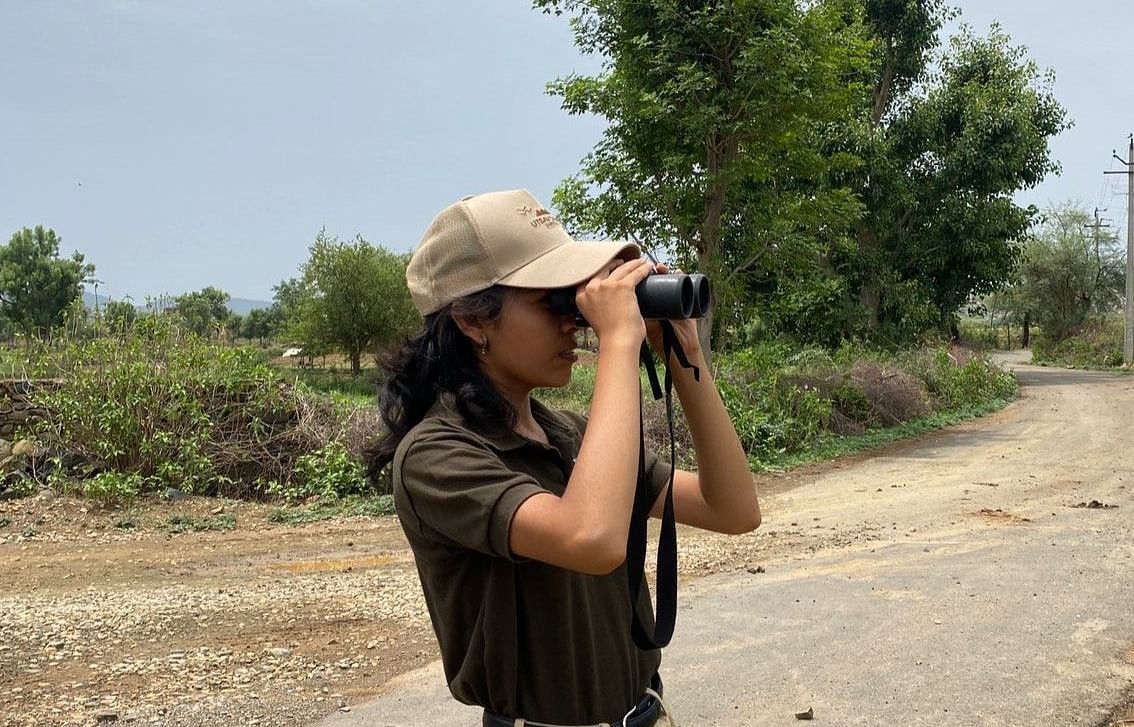
The Glowing Eyes
A thrilling morning in Sariska as glowing eyes in the dark lead to an unforgettable leopard encounter and wild insights.
Read More